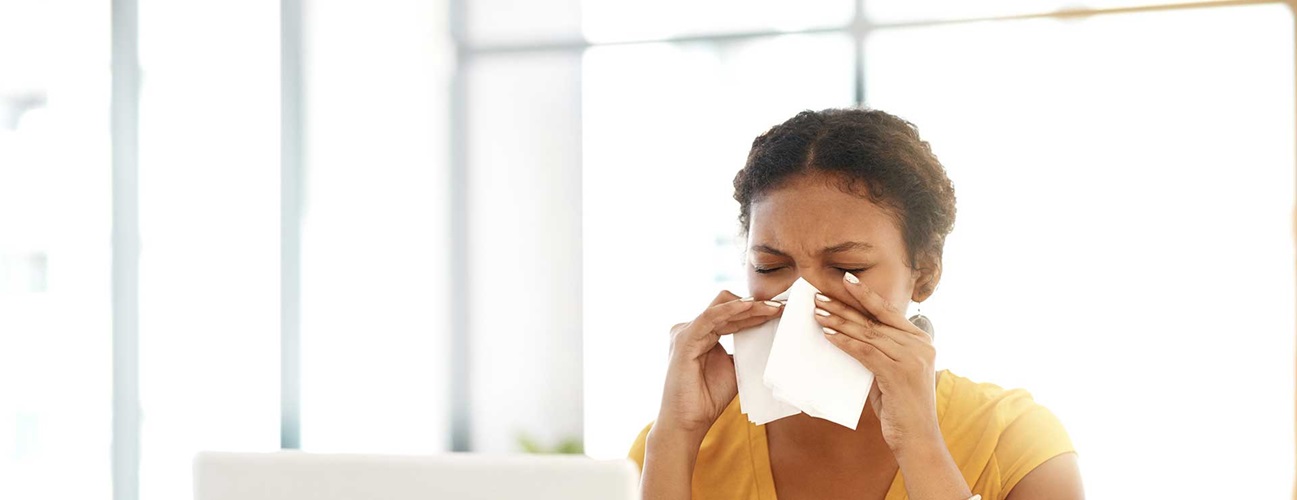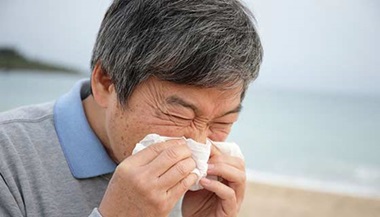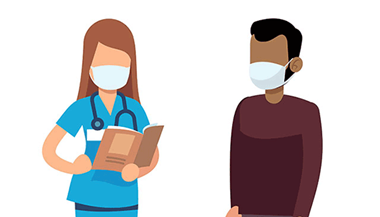Infectious Diseases on the Job
The health care professionals who take care of you are exposed to many different illnesses and diseases. By taking proper precautions, these health care professionals protect both themselves as well as their patients. The following are some of the basic precautions that can decrease the risk of infectious disease exposure in a health care setting:
-
Proper disposal of needles into specific sharps disposal containers is very important. According to the Occupational Safety and Health Administration, U.S. Department of Labor, most needlestick injuries occur during the following five activities:
-
When disposing of needles
-
When administering injections
-
When drawing blood
-
When recapping needles (not allowed)
-
When handling trash and dirty linens
-
-
It is important to use protective barriers such as gloves (latex or nonlatex), gowns, masks, eye, and face protection.
-
Soiled linen should be bagged or put into a separate container at the location where it is used. Persons touching soiled linen should wear gloves and other protective garments, based on guidelines from the Healthcare Infection Control Practices Advisory Committee (HICPAC). HICPAC is an independent federal advisory committee that issues infectious disease recommendations to the Centers for Disease Control and Prevention and the Department of Health and Human Services.
-
Some hospital waste from areas, such as the laboratory or pathology, and items, such as blood and sharp devices, require special waste disposal precautions.
Occupational exposure to infectious diseases, including tuberculosis, can also occur outside of a health care setting. Ask your health care provider what additional precautions you can take to avoid infectious exposure.






